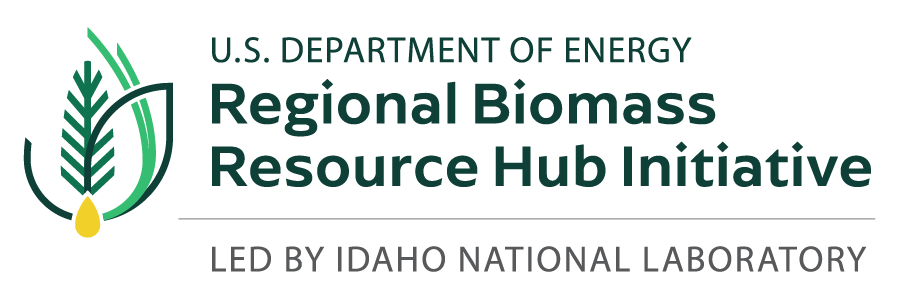Description
The POLYSYS modeling framework enables detailed assessment of agricultural biomass resources herbaceous, intermediate and short rotation woody crops, at the county level, with sub-county downscaling via interaction with the Cropland Data Layer. It provides estimates of biomass availability aligned with agricultural markets, incorporating potential impacts of significant land use changes. Additionally, POLYSYS offers stochastic modeling for probability estimates on resource levels and prices. This multifaceted approach aids stakeholders in analyzing policy, economic changes, and resource conditions for biomass initiatives, offering insights into crop supply, livestock demand, and agricultural income. Its scenario analysis capabilities allow exploration of various input prices, land-use patterns, and environmental constraints, ensuring sustainability. POLYSYS also considers community economic impacts, providing a holistic understanding of biomass project influences. Long-term projections aid strategic planning, customizable to regional goals. Integration with supply chain models optimizes processing facility location, feed costs, equipment, and storage, identifying needs for supporting the supply chain’s viability.
Capability Bounds
Agricultural feedstocks include residues from corn, sorghum, oats, barley and wheat; traditional crops: corn, soybeans; bioenergy dedicated crops: switchgrass, miscanthus, poplars, willows, sweet sorghum, energy cane; intermediate crops: camelina, carinata, pennycress. Forest resources include: small diameters trees, logging residues, forest waste. Models provide estimates through year 2050.
Unique Aspects
The POLYSYS model integrates regional feedstock estimates with agricultural markets, consequently the sensitivity of biomass resources to changing food and feed market conditions is integrated into the analysis. The ForSEAM model assesses conventional timber products, as well as potential residual material and allocated land resources.
Availability
The experts have more than 50 years of collective experience, developing, enhancing, maintaining and utilizing the models for analysis at national, regional, and county levels. The data used is the most up to date data available, including the top of the line cost and yield data.
Benefit
This capability provides the most reliable assessment of biomass resources, based on the models and data utilized. The models also allow for the introduction of more specific goals, data, and parameters that the user might have. It also integrates the changing market and weather conditions into the analysis.
Capability Expert(s)
Matthew Langholtz, Maggie Davis, Chad Hellwinkel, Daniel de la Torre Ugarte
References
De la Torre Ugarte, D, et al. 2000. “Biomass and bioenergy applications of the POLYSYS modeling framework.” Biomass & Bioenergy 18 (4):291-308.
Hellwinckel, C. 2019. Spatial Interpolation of Crop Budgets: Documentation of POLYSYS regional budget estimation, Version 2.0. (PDF, 1.2MB)
Langholtz, M., et al. 2012. “Price Projections of Feedstocks for Biofuels and Biopower in the U.S.” Energy Policy 41:9.
Langholtz, Matthew, et al. 2019. “Economic comparative advantage of willow biomass in the Northeast USA.” Biofuels, Bioproducts and Biorefining 13 (1):74-85. doi: 10.1002/bbb.1939.
Langholtz, Matthew H., et al. 2014. “2013 Feedstock Supply and Price Projections and Sensitivity Analysis.” Biofuels Bioproducts & Biorefining-Biofpr 8. doi: 10.1002/bbb.1489.
